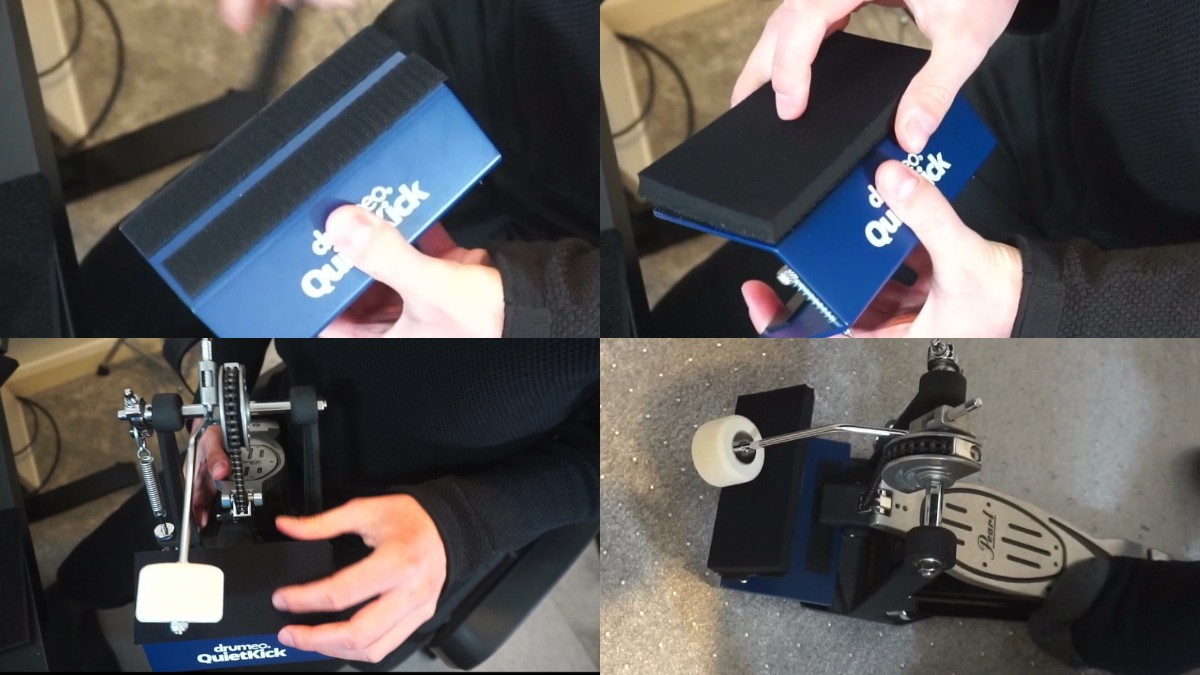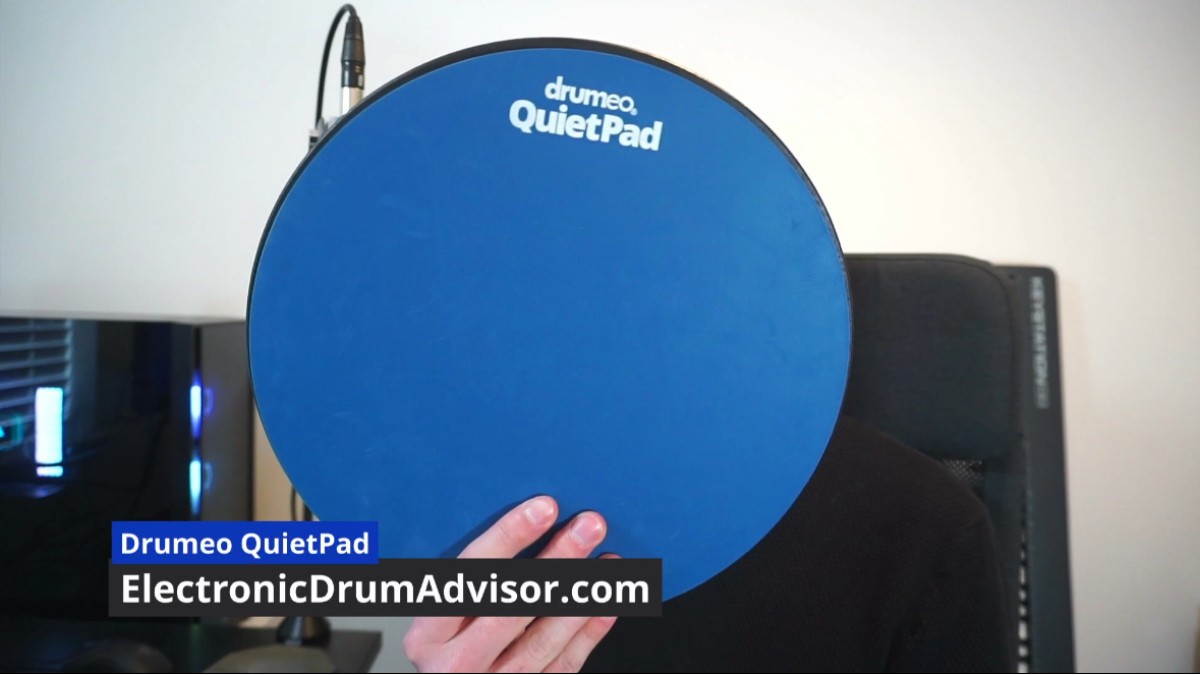How Drum Triggers Work – All You Need to Know
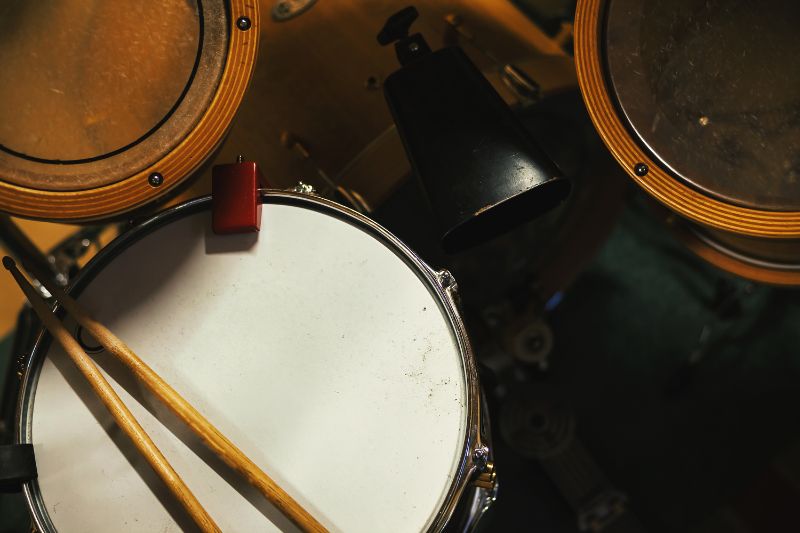
This blog post discusses the different types of drum triggers, including clip-on triggers, internal side-mounted triggers, and internal center-mounted triggers. It also covers different ways to use drum triggers, including connecting them to a drum trigger module, an e-drum kit module, a sample pad, or a computer via MIDI. Each option has its own pros and cons, and the level of control and flexibility varies.
There are many different ways that you can use drum triggers to enhance your music, and in this article, I will explain everything you need to know in order to use them correctly.
There are many different manufacturers and types of triggesr available right now, helping you get into hybrid drumming and triggers much, much easier. You don’t need to know how to program these, and some are just plug-and-play.
Types of Drum Triggers

Here are the different types of drum triggers. Check our article on the best drum triggers if you’re looking to buy.
1. Clip-on drum triggers. They are the most common type of triggers that you can attach to the rim of the drum, and most of them are dual triggers, meaning they can pick up both the rim shots and the drum head. Clip-on triggers are also a great option for an acoustic drum set.
2. Internal side-mounted drum triggers. This type of drum trigger allows you to hide them inside the shell of the drum, by mounting them onto one of the screws that are inside. In order to do this though, you would have to take out your drum head, install them and then put it back on.
3. Internal center-mounted drum triggers. The difference between center-mounted and side-mounted is that center-mounted drum triggers can also pick up positional sensing. There are internal center-mounted drum triggers that have arms that spread to every single lug inside the drum shell, distributing the force of the drum being hit, evenly.
How to Use Drum Triggers
There are two options for connecting your drum triggers if you decide to get one, and I’ll talk about the pros and cons of each.
1. Using a Drum Trigger Module
Drum trigger modules are electronic devices that are used to trigger sound samples and MIDI notes.
A basic example is the Roland TM-2 and a more high-end version is the Roland TM-6.
To use a drum trigger module, you need to connect the trigger to the module, and then connect the audio output of the module to an amp, PA system or mixing desk.
Some modules also have the ability to adjust the sensitivity and threshold of the trigger, so you can fine-tune the response to your playing style.
2. Using an E-Drum Kit Module
If you have a drum module lying around from an electronic drum kit, then you can use to trigger sounds from your drum triggers.
You simply connect the cables from the drum triggers to your drum module and you’re good to go. The drum module takes care of the rest, as it already has a lot of sounds and effects built into it, so you don’t have to do much work. This is also a great option if you do not want to take a lot of time setting up your drum set.
3. Use a Sample Pad
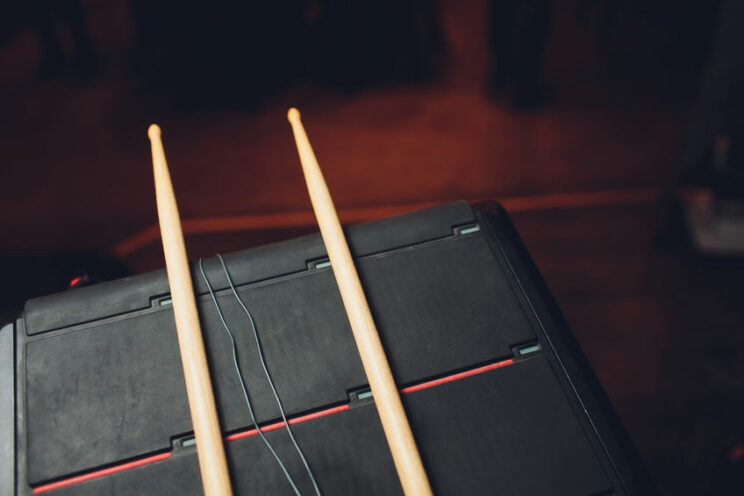
When connecting a drum trigger to a sample pad, you need to plug the trigger into the input of the sample pad, and then assign the sound or MIDI note that you want the trigger to play. The sample pad typically allows you to load and play multiple samples, and the drum trigger will be able to trigger any of the samples that are loaded into the pad.
Using a sample pad in conjunction with a drum trigger allows you to add a wide range of sounds to your drum setup, such as different drum kits, sound effects, or loops. Sample pads also tend to have a built-in display, knobs, and buttons for adjusting the samples, and the ability to save and recall your settings, allowing you to have a lot of flexibility and control over the sound.
4. Connecting to Your Computer via MIDI
Another way to use drum triggers is by connecting them to a computer via a MIDI interface (some audio interfaces also have MIDI capability). This is a more complex setup, but it provides the most control and flexibility.
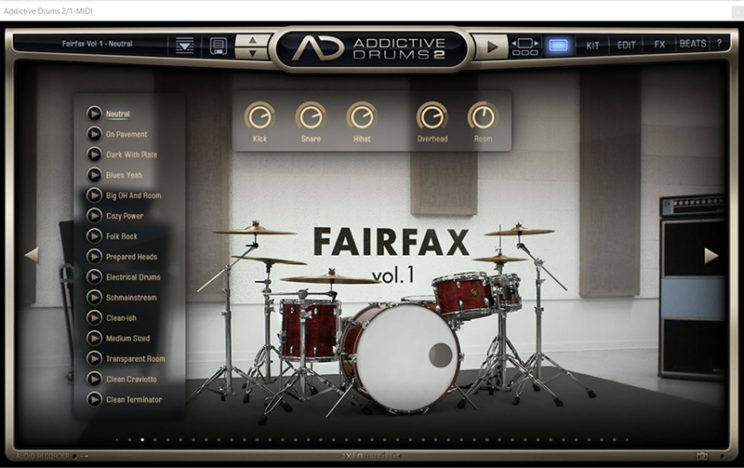
A MIDI interface is a device that allows electronic instruments to communicate with a computer, using the MIDI protocol. When you connect drum triggers to a computer via a MIDI interface, the triggers send MIDI messages to the computer, which can then be used to trigger samples or sounds. This allows you to use software such as virtual drum machines, samplers, or digital audio workstations (DAWs) to create and manipulate sounds. See our article on the best drum VSTs for more information.
This is the most complicated way of using drum triggers, but you have a lot of control and a lot of sound options and it’s how many pro drummers use drum triggers in live performances.
How to Position Your Drum Triggers
If you decide to go with clip-on triggers, there isn’t much to do here and any adjustments you need to make can be done pretty quickly. If, however, you decide to go with internally mounted drum triggers you need to know how to position them correctly.
As to how high you should position your drum trigger, every manufacturer will advise the same – the exact distance from the shell line, which is typically around 2mm. If the trigger is pushed down on the head a lot, it may be too sensitive, or if it’s not positioned high enough, it may not pick up the signal. Once you start playing, you will immediately notice if it needs to go higher or lower inside the drum shell.
You also need to know how to run the cables from the drum triggers, and with clip-on triggers, you don’t have much of an issue. You just route them as best as you can and plug them into the audio interface or a drum module.
Where cables become an issue is when you go for internally mounted drum triggers. The best way to do it is to run the cable through the air vents of the shell. Some companies, in order to help you with this, go as far as creating a male-to-female input jack that you can mount in the air vent and just plug the cables into that later on.
There is also an issue where some acoustic drum shells don’t have large enough air vents to fit the inputs of the cable. In that case, you want to either drill the air vents until they are large enough (which I don’t recommend) or, you want to disassemble the jack, run the cable through the vent, and then assemble it once it’s inside.
Conclusion
Playing with drum triggers can be a lot of fun, and worth trying. They allow you to do stuff that wasn’t possible before, such as adding effects to your drums, or you can even program a MIDI sequence that will play along with each trigger. There is no limit when it comes to creativity with using triggers, and you will have a lot of fun exploring all of these new sounds that you can produce with them.
Ddrum image by Sascha Jäggiuploaded on Flickr by: Dave Kobrehel from CH / CC BY



